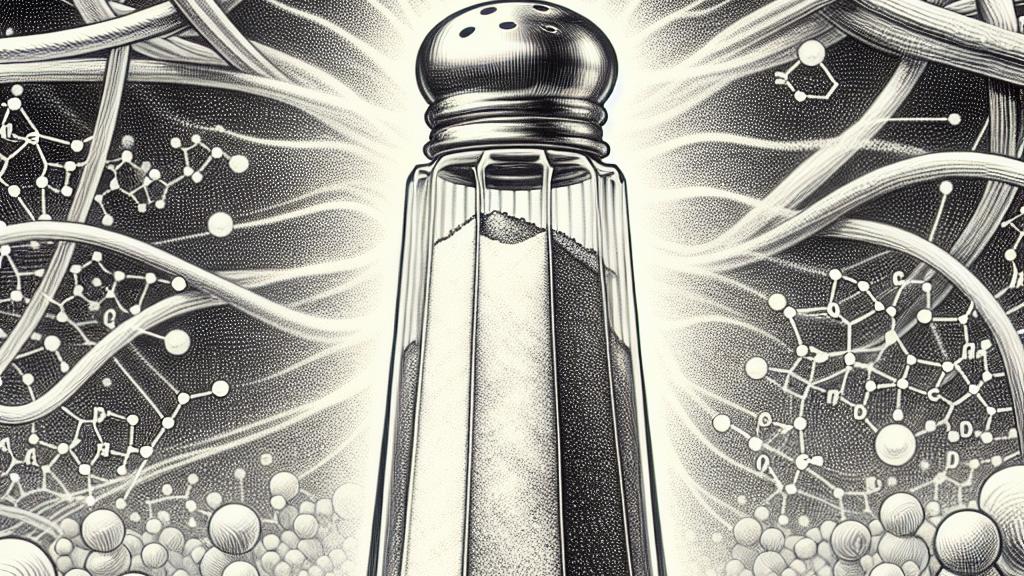Advancements in Adhesive Polymer Technology Using Table Salt
Overview
- Innovative polymer adhesives ingeniously blend table salt with advanced polyzwitterions.
- Groundbreaking research emphasizes enhancing flexibility and strength in adhesive formulations.
- Potential applications could transform sectors from aerospace to biomedical engineering.

A Breakthrough in Adhesive Technology
Picture this: in the United States, an extraordinary team of researchers at the FAMU-FSU College of Engineering, spearheaded by the visionary Professor Hoyong Chung, has made a striking revelation. By ingeniously incorporating basic table salt into two specialized polymer types known as polyzwitterions (PZIs), they’re redefining what’s possible in adhesive technology. Traditionally, adhesive materials struggle with a persistent dilemma—a trade-off between strength and flexibility. Yet this remarkable study shows that the simple addition of sodium chloride can create adhesives that are not only robust but also remarkably stretchable. It’s like discovering that a humble kitchen staple can unfold its potential in the high-tech world of materials science!
The Science Behind Salt-Enhanced Adhesives
Let's dive into the fascinating science behind this discovery. The secret lies in the electrostatic interactions at play; positively and negatively charged components within the polymers engage in a delicate dance of attraction. The research team conducted an enthralling comparison of various polymer shapes, contrasting branched bottlebrush formations with straightforward linear designs. Astonishingly, by adding just the right amount of salt, previously inflexible polymers transform into materials that exhibit both toughness and flexibility. Imagine adhesives that can hold firm under pressure yet flexibly adapt without breaking. This groundbreaking work not only challenges existing theories about adhesion but also paves the way for new applications tailored to fulfill specific industry needs!
Implications for Future Innovations
Now, consider the far-reaching implications of this work. The potential applications are nothing short of revolutionary! In the biomedical realm, the development of tissue adhesives that bond seamlessly while also delivering medication could vastly enhance surgical outcomes—imagine a surgeon using a glue that heals and administers drugs simultaneously. Moreover, as Chung and his team continue to refine their methods, we may see advancements spill over into aerospace and automotive industries. Envision lightweight bonds in aircraft that improve fuel efficiency or stronger joints in vehicles that increase safety and performance. Each stride taken in this research brings us closer to a future where everyday materials like table salt play crucial roles in shaping innovative technologies. This discovery indeed opens the door to exciting possibilities!

Loading...